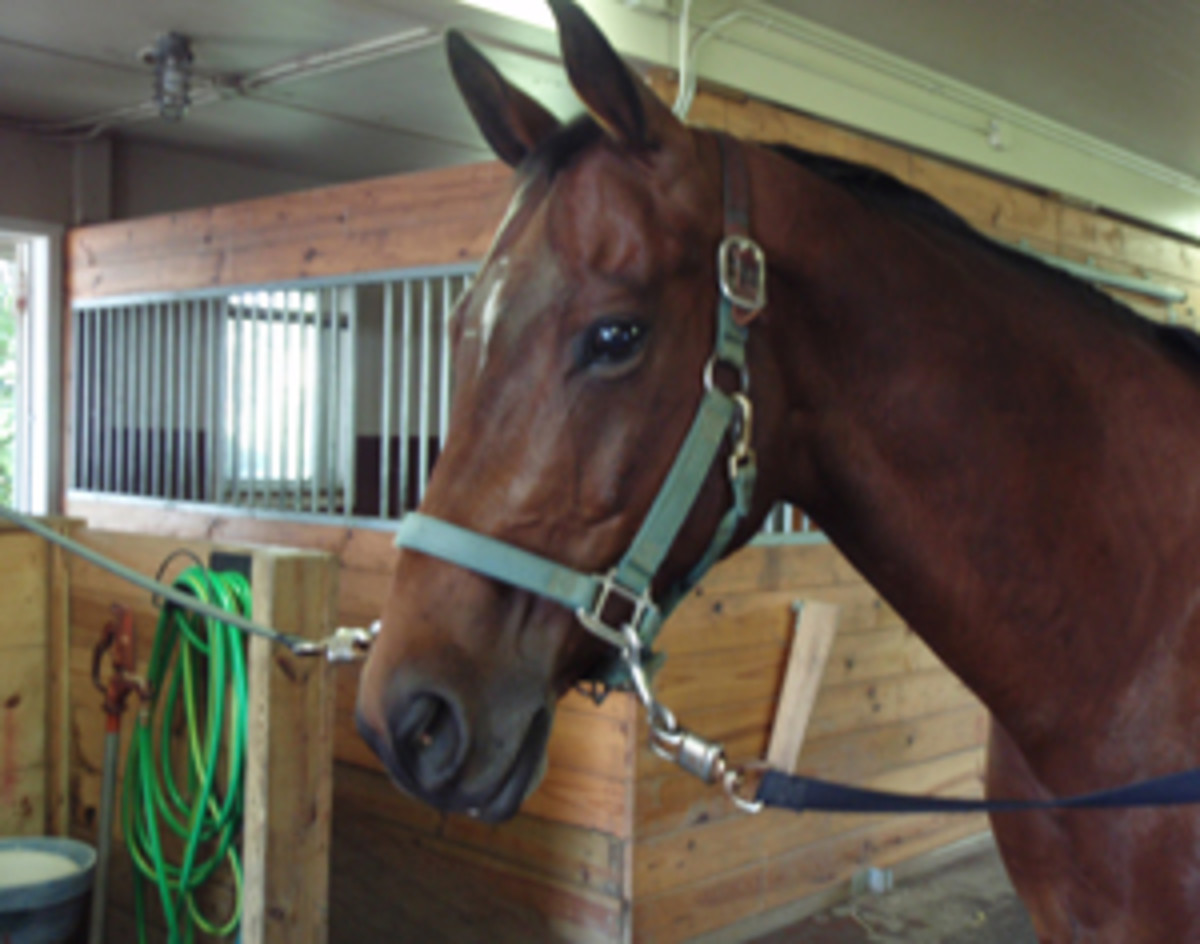Learning About EEE
- March 10, 2017
- ⎯ Joanne Meszoly
Each year, cases of eastern equine encephalomyelitis (EEE) surface in a crescent-shaped swath from New England to Florida and in the states bordering the Gulf of Mexico.

Carried by birds, EEE virus is passed to horses by mosquitoes. EEE, which is almost always fatal, is characterized by fever, listlessness, loss of appetite, and neurologic signs. An equine vaccine has proven to be highly effective in preventing disease.
Although EEE never disappears entirely, outbreaks in horses vary year to year; in some states, only a few equine cases are confirmed, while other states report dozens of sickened animals. Most cases are detected in the summer months when mosquitoes are most active, but in temperate states, it is present year round.
The virus is transmitted by 27 species of mosquitoes and historically, has been most frequently associated with Culiseta melanura, a mosquito species that prefers swampy or wooded environments. However, research suggests C. erraticus, which lives in wooded areas and feeds on horses, is involved in transmitting the EEE virus.
Thomas Unnasch, PhD, a professor in the University of South Florida’s department of global health who studies the ecology of vector-borne diseases, has embarked on a five-year study of host feeding patterns to better understand how the EEE virus escapes its natural bird to bird cycle and infects horses and other mammals.
“We have found that mosquitoes showed preferential feeding on yellow-crowned night-heron but we did not see them feeding upon them evenly through the year,” says Unnasch. “They would feed heavily for 10 days then have a long period of no feeding, and we saw this with other species as well. We realized that these feeding behavior patterns correlate with nesting periods; the nestlings are naked and are susceptible to mosquitoes. They are also susceptible to the virus and can develop higher viremias. What we are now studying the hypothesis that these fledglings serve as primary amplifiers for infection. We think that when the fledglings grow up and move on, the mosquitoes begin feeding on horses and mammals.”
To read more about EEE, see “The ABCs of EEE” in the June 2008 issue of EQUUS magazine.





